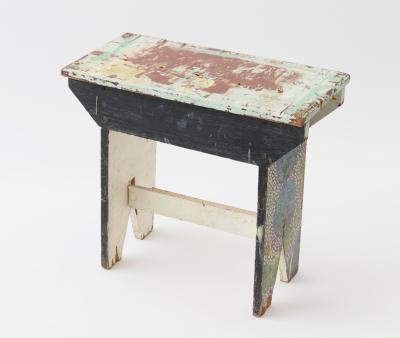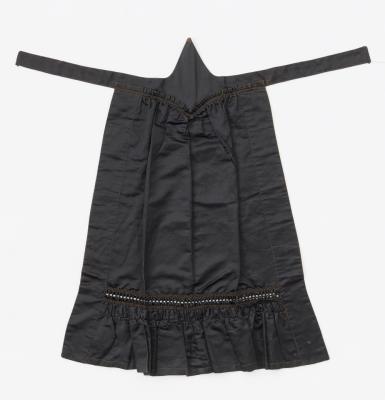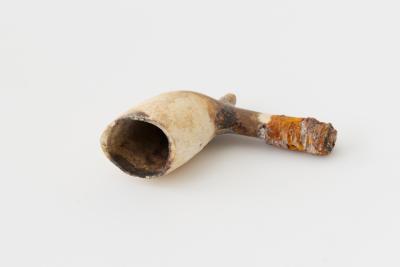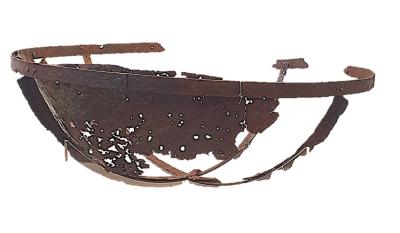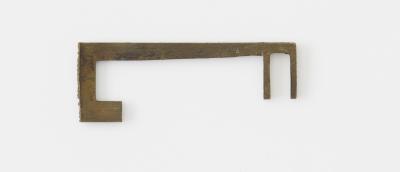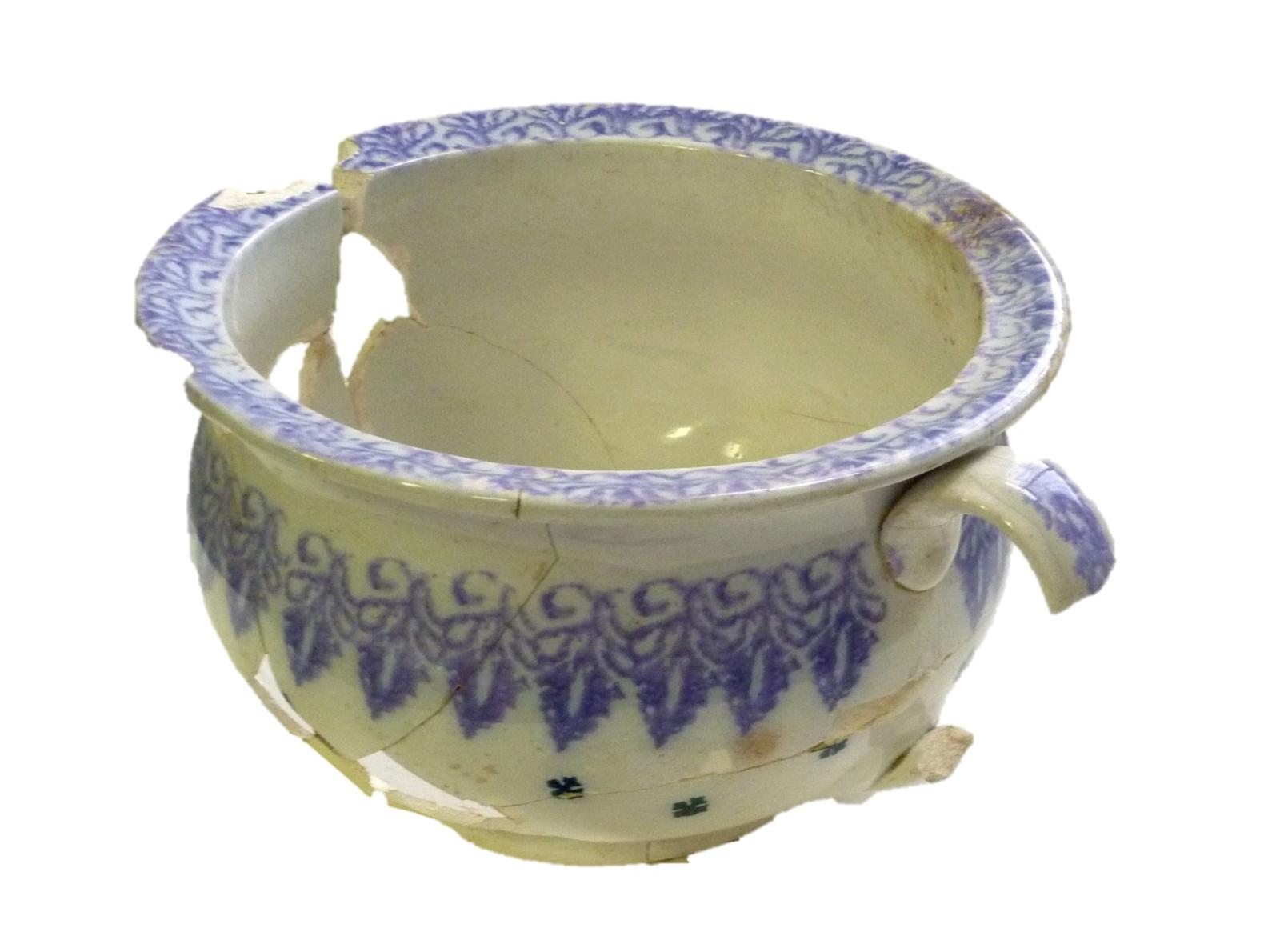CERAMIC VESSEL
Large, round, ceramic, blue and cream painted, broken vessel, possibly a chamber pot. Large, round, ceramic vessel, with a wide bulbous base. The vessel has a white, flat rim. The pot is painted cream, with delicate blue decoration in a repeating leaf patter around the widest part, and on the top of the rim. There are the remains of a curved handle on one side, also painted white and blue. The vessel is badly damaged, with several pieces missing.
Excavated from the WC of the Convict Depot by Eureka Archaeological Research & Consulting, UWA December 2009 - January 2010. Found in Unit WC003 (see report for description of the units).
Details
Details
Planned building works on a new Fremantle Prison Visitors Centre at number 14 The Terrace in 2010 meant an archaeological watching brief and excavation was conducted by Eureka Archaeological Research and Consulting at this location from 1 December 2009 to 15 January 2010.
During the removal of the concrete ground floor from the building’s front room, a layer of yellow sand was discovered, which was presumed to be the original levelling layer. This area was once the backyard of the original number 14 building, which included a toilet and a cellar which was situated beneath a woodshed. The archaeological investigation that followed resulted in the discovery of a backfilled cellar, with an arched brick ceiling, and a below-ground toilet. Both of these features are marked on Fremantle Prison plans dating from 1855.
These archaeological excavations also discovered a substantial and diverse assemblage of artefacts in the backfilled rooms. The quality of some of the artefacts recovered, including fine table wares and personal items, suggests that the majority of the backfill deposits derived from domestic rubbish, and not Prison refuse. Further research into the assemblage has the potential to provide a more comprehensive understanding of the archaeology uncovered.
In contrast to previous excavations undertaken in the Prison’s parade ground and stables, the excavation at number 14 provided a fascinating glimpse into the lives of the Prison Warders and their families. The discovery of children’s toys such as marbles, a porcelain doll’s head and a cup and saucer from a doll’s tea set, clearly indicates that a family lived or at least stayed at number 14 during the latter part of the nineteenth century. Other artefacts relate to a range of everyday activities associated with the Prison; such as keys and lightbulbs, with respective implications of containment and surveillance.

